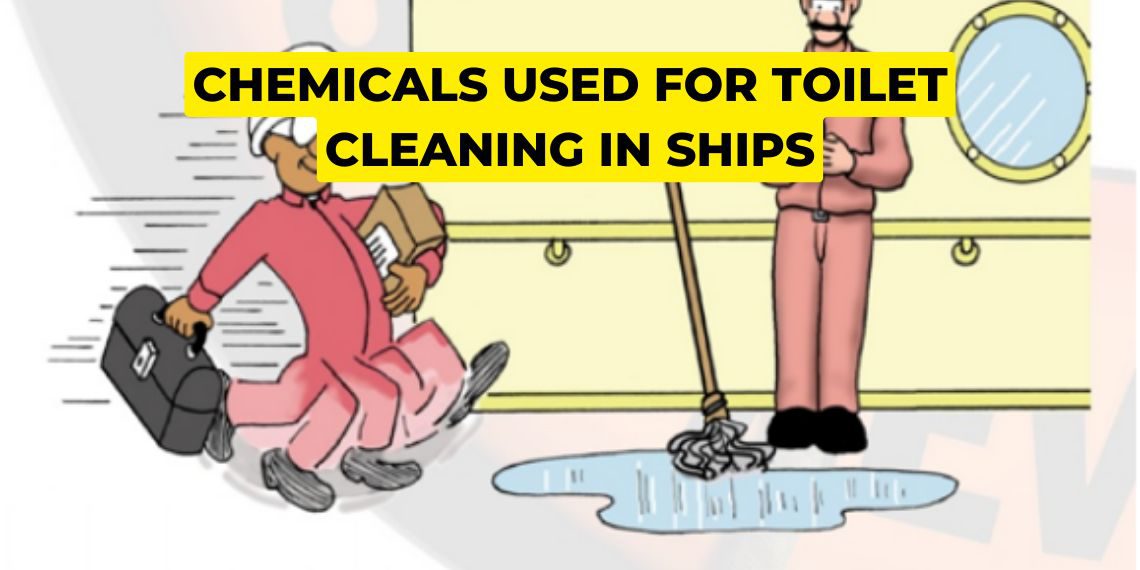Chemicals used for toilet cleaning in ships:
Chemicals are used for cleaning in ships, like while mopping of deck, engine room platform or mopping of engine control room and cleaning accommodations. Requirements have come that these general chemicals need to be environment friendly which is biodegradable and when disposed it mixes with seawater they do not cause any kind of harm to the marine environment.
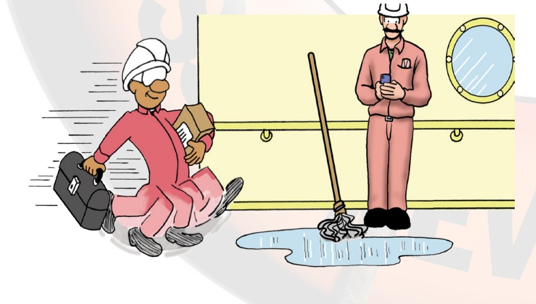
All these other chemicals like aids or alkaline they are not chemical friendly, if at all they get mix into the seawater they are definitely going to cause harm to the environment.
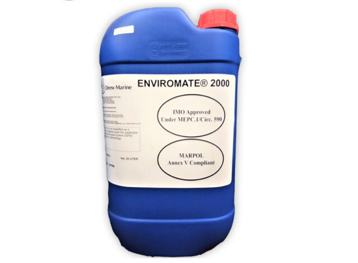
Right now regulations are becoming very strict so special types of chemicals like Enviromate, Envirocare, these chemicals are used for cleaning onboard ship. At the end of the month we have to make a complete list which chemical is used how much and how much we received and everything. A complete database is maintained not just onboard ship but also with the company.
Chemicals used for toilet cleaning in ships:
Various chemical are used for toilet cleaning in ships, we do not use dangerous chemicals like Harpic because the sewage system we are using onboard ship is biological type which have bacteria developing inside the system, those who are eating our excreta decomposing them and finally that decompose sewage after being treated is discharged overboard.
So most important part is we need bacteria in the sewage treatment plant, now these bacteria will be harmed if we add harmful chemicals. If the bacteria will be killed then they will not be able to treat the excreta and the sewage treatment plant will not work efficiently. We will start getting odour, the colour of the sewage when discharged will become dark which actually very clear. This will tell us that our sewage treatment plant is not working properly therefore every week we carry out sewage treatment test.
The Significance of Bacteria in Sewage Treatment:
On ships, the sewage treatment system relies on beneficial bacteria that thrive within the system. These bacteria break down and decompose human waste, treating it before it is discharged overboard.
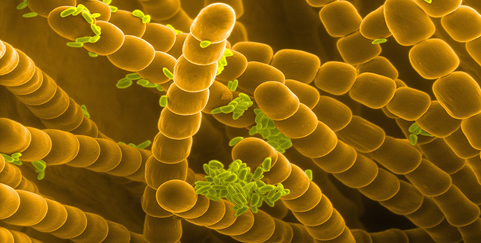
It is imperative to preserve the bacteria population in the sewage treatment plant as their presence ensures efficient treatment and prevents issues like odour and dark-coloured discharge. Killing the bacteria with harmful chemicals can disrupt the entire sewage treatment process.
Onboard ship there are two kinds of chemicals we use in sewage treatment plant:
Gamazyme Biological Liquid Toilet Cleaner:
In place of conventional chemicals like Harpic, ships employ Gamazyme Biological Liquid Toilet Cleaner for toilet cleaning. This specialized chemical not only effectively cleans the toilets but is also friendly to the bacterial ecosystem within the sewage treatment plant.
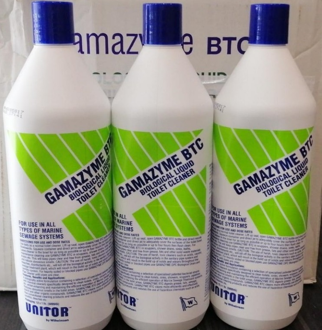
By using Gamazyme, ships can maintain a healthy population of bacteria, enabling the sewage treatment system to operate efficiently. Additionally, the product offers a pleasant odour, enhancing the overall sanitation experience on board.
Gamazyme 700fn:
It contains bacteria and every week we add say half a kg of this bacterial powder in out toilet system. This bacteria when goes to the line or to the tanks it cleans the excreta which is attached to the tubes or in the tanks as well. Not just that when we add it to the sewage treatment plant it again regrows the bacteria over there.
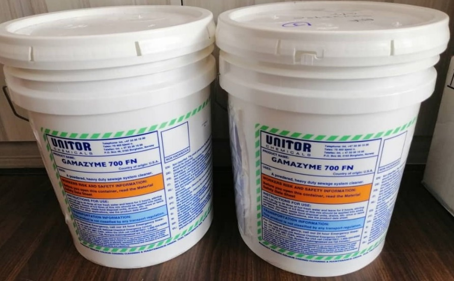
Suppose the plant is not working efficiently then we add this chemical to the plant and it regrows the bacteria. So this chemical powder is very important for the sewage treatment plant for proper functioning of the sewage treatment plant.
Ensuring Proper Functioning of the Sewage Treatment Plant:
To maintain the proper functioning of the sewage treatment plant, it is essential to monitor its efficiency regularly. One crucial step is conducting weekly sewage treatment tests. These tests provide insights into the plant’s performance, allowing prompt action to be taken if any issues are detected. The use of Gamazyme 700fn in the treatment plant, along with Gamazyme Biological Liquid Toilet Cleaner in the toilets, contributes significantly to maintaining a healthy bacterial environment and efficient sewage treatment.
Conclusion:
In the maritime industry, the use of environmentally friendly chemicals for toilet cleaning is vital to support the biological sewage treatment systems employed on ships. By opting for bacteria-friendly alternatives like Gamazyme Biological Liquid Toilet Cleaner and Gamazyme 700fn, ship operators can ensure effective sewage treatment and minimise the environmental impact.

These products help maintain a healthy bacterial ecosystem, preventing issues such as odour and dark-coloured discharge. By prioritising proper hygiene and sustainable practices, ships can contribute to the preservation of marine ecosystems and promote a cleaner, greener future for the industry.
Note:
If you want to learn more about this topic, we suggest checking out our Combo package with the given link https://www.merchantnavydecoded.com/courses/c/ . It’s a great way to dive deeper into the subject through video explanations. This package covers all the important details and presents them in an easy-to-understand format. Watching the videos will help you grasp the topic better and make learning more enjoyable. So, we highly recommend giving our Combo package a try to enhance your knowledge on the subject.
Disclaimer :- The opinions expressed in this article belong solely to the author and may not necessarily reflect those of Merchant Navy Decoded. We cannot guarantee the accuracy of the information provided and disclaim any responsibility for it. Data and visuals used are sourced from publicly available information and may not be authenticated by any regulatory body. Reviews and comments appearing on our blogs represent the opinions of individuals and do not necessarily reflect the views of Merchant Navy Decoded. We are not responsible for any loss or damage resulting from reliance on these reviews or comments.
Reproduction, copying, sharing, or use of the article or images in any form is strictly prohibited without prior permission from both the author and Merchant Navy Decoded.

